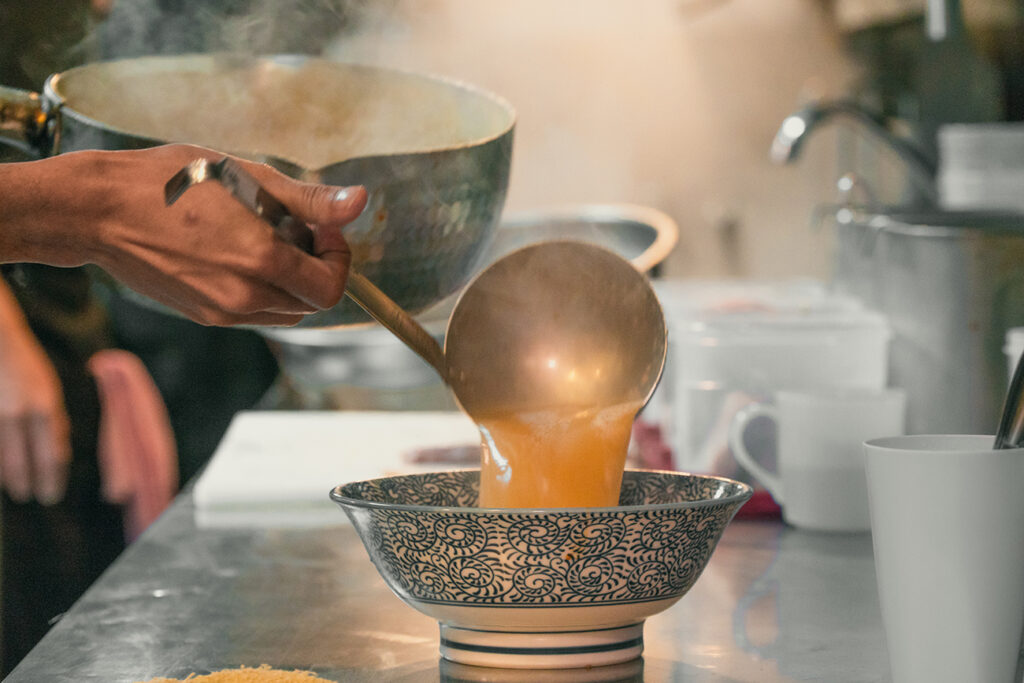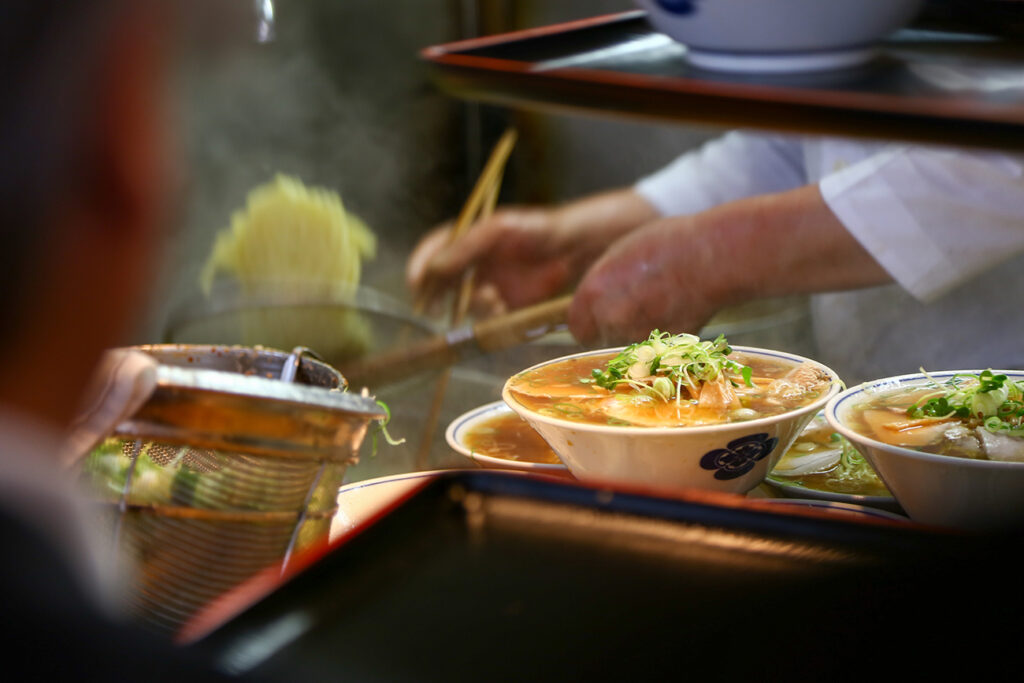
The Art of Japanese Ramen
Ramen is internationally renowned as a Japanese noodle soup featuring wheat noodles, flavorful broth, and assorted toppings. Depending on the type, ramen may be garnished with sliced pork (チャーシュー chāshū), green onions, or dried seaweed. This iconic dish, synonymous with Japan, has captured global acclaim with its rich and complex flavors.
Originally introduced to Japan by Chinese immigrants during the Meiji Period, ramen was initially crafted with Chinese noodles in broth, adorned with Chinese-style pork. Over time, Japanese culinary traditions and tastes shaped ramen into its unique form.
While ramen may seem simple—comprising noodles, broth, and toppings—it embodies deeper elements that elevate its quality. The inclusion of tare, a sauce seasoning the broth, and aromatic oil infused with fragrant ingredients add layers of complexity. Ramen is truly an art form, with countless regional variations celebrated worldwide, transcending borders beyond Japan.
Broth
Ramen broth is typically crafted from chicken or pork, although vegetable and fish stocks are also employed. This base stock is often enriched with dashi stock components such as katsuobushi (skipjack tuna flakes), niboshi (dried baby sardines), shiitake mushrooms, and kombu (kelp). There are two main varieties of ramen broths distinguished by the degree of fat emulsification.
Chintan style- broth: clear and light, containing less emulsified fat and gelatin from collagen, achieved through cooking at lower temperatures for shorter durations. Additionally, there are now excellent recipes available for vegetarian ramen broths.
Paitan broth: cloudy, rich, and filled with emulsified fat and protein, resulting from extended cooking times at higher temperatures.
Ramen noodles are crafted from four essential ingredients: wheat flour, salt, water, and kansui, derived from the Chinese term jiǎnshuǐ (鹼水), which refers to alkaline mineral water containing sodium carbonate, potassium carbonate, and sometimes a small amount of phosphoric acid. Kansui is a key distinguishing ingredient in ramen noodles, originating from Inner Mongolia, where lakes rich in these minerals are ideal for noodle-making. Noodles made with kansui boast a yellowish hue and a firm texture.
Ramen noodles come in a variety of shapes and lengths, ranging from thick to thin and even ribbon-like, with options of straight or wrinkled textures.


